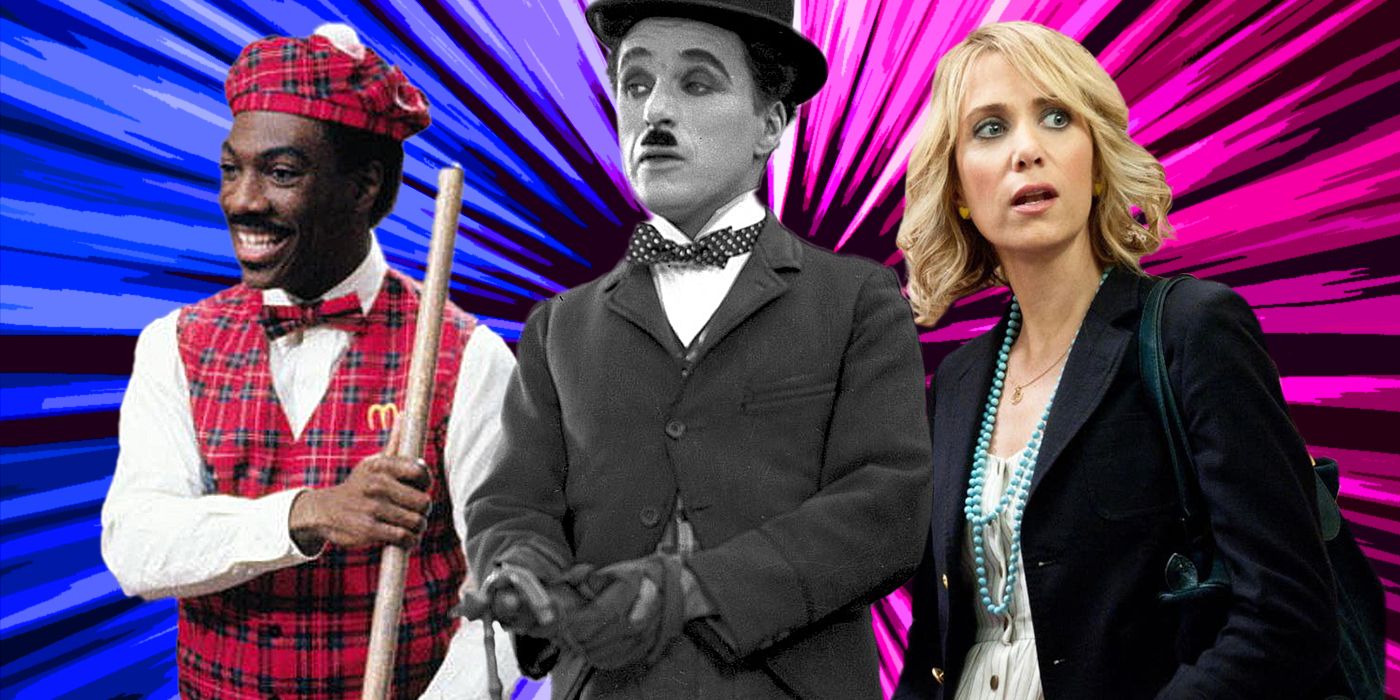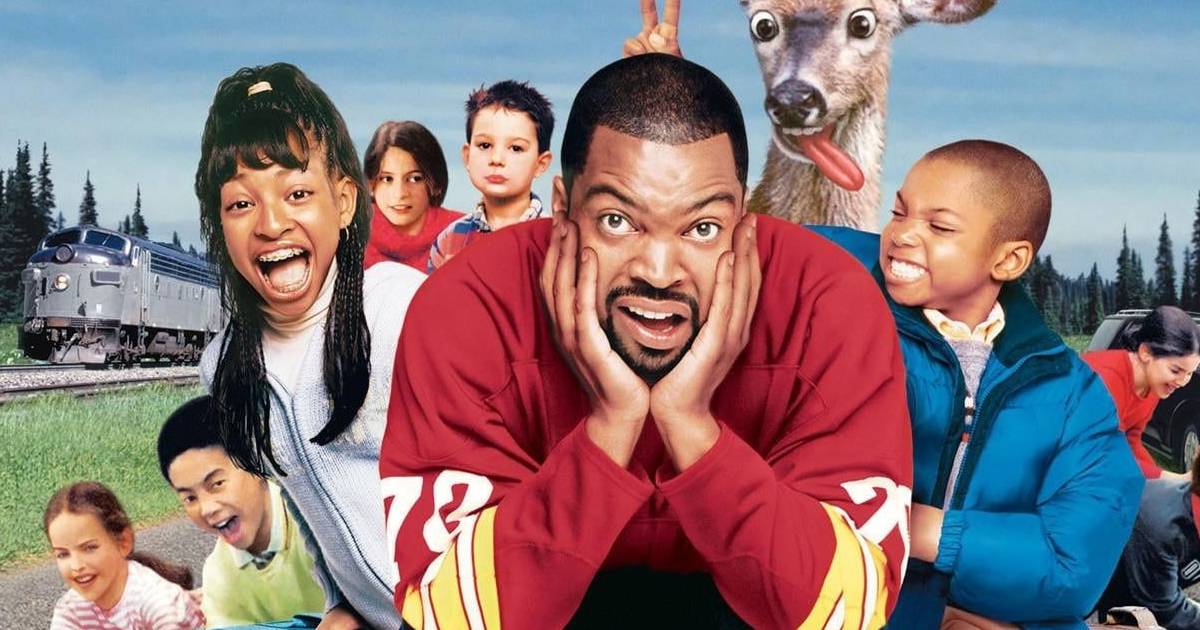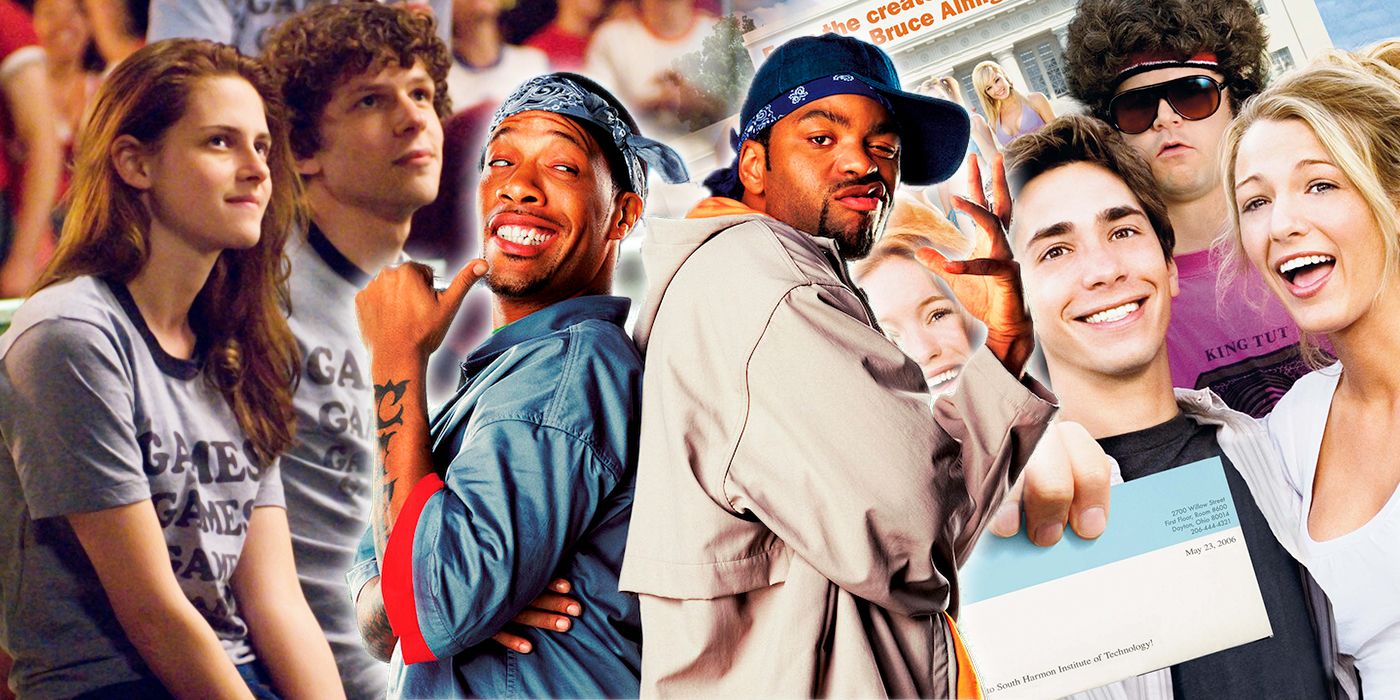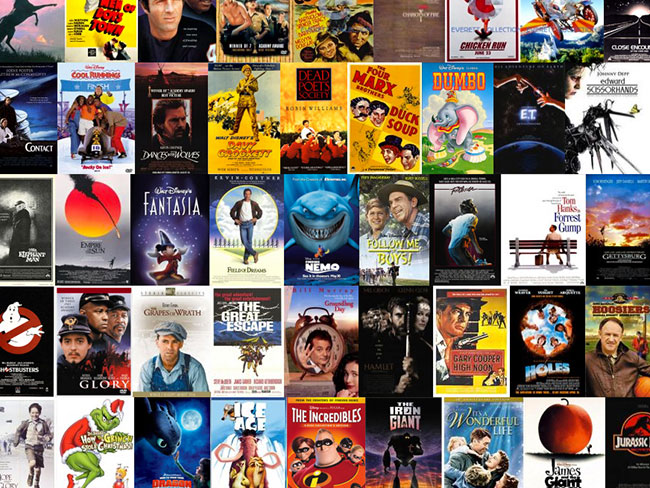The Legends of Comedy Movies: Timeless Icons and Their Legacy
Comedy movies have a unique place in cinema, capturing the nuances of humor through various styles, from slapstick to satire. Legends of the genre have shaped its evolution, creating memorable characters and iconic scenes that continue to entertain and inspire audiences worldwide. Exploring the legends of comedy films sheds light on the immense influence these actors, directors, and films have had on the genre and on pop culture as a whole.

1. The Origins of Comedy in Film: From Silent Slapstick to Golden Age Humor
Silent Comedy and the Art of Physical Humor
The birth of film comedy can be traced back to the silent film era, where exaggerated physical comedy became a primary method of expression. Stars like Charlie Chaplin, Buster Keaton, and Harold Lloyd crafted an art form out of slapstick humor, relying on physicality, timing, and visual gags to elicit laughter. Without spoken dialogue, these actors used their faces and bodies as instruments of comedy, perfecting techniques that remain influential even today.
Chaplin’s iconic Tramp character became a symbol of resilience, using wit and humor to overcome life’s adversities. Similarly, Buster Keaton’s stoic demeanor amidst chaos demonstrated the power of deadpan delivery. Films like The General and Safety Last! showcased intricate stunts, proving that comedy could be thrilling and dynamic as well as humorous.
The Golden Age of Comedy: Witty Dialogue and Screwball Charm
As sound was introduced, a new wave of comedy arose with the advent of the “talkies.” The 1930s and 1940s ushered in the era of screwball comedies, defined by fast-paced, witty dialogue, and often absurd situations. Films like It Happened One Night and Bringing Up Baby showcased a style that was both refined and chaotic. Stars like Cary Grant, Katharine Hepburn, and Clark Gable led these films, crafting characters that were sharp, endearing, and often entangled in hilarious misadventures.
This era also saw the rise of comedic directors such as Ernst Lubitsch and Preston Sturges, who had a knack for balancing humor with social commentary. Their films explored themes of class, romance, and identity, using satire to add depth to comedy. This combination of wit, charm, and sophistication made the Golden Age comedies both entertaining and culturally resonant.
2. Comedy Icons of the Mid-20th Century: Transforming Humor and Expanding Boundaries
The Rise of Satire and Social Commentary
As the mid-20th century arrived, comedy began to explore more daring themes, often reflecting societal changes. Mel Brooks and Woody Allen became pioneers of satirical comedy, blending humor with a sharp critique of politics, religion, and human nature. Brooks’ films like Blazing Saddles and Young Frankenstein broke new ground, combining parody with pointed social commentary, often using absurdity to make powerful statements about racism, identity, and societal norms.
Woody Allen’s films, such as Annie Hall and Manhattan, introduced audiences to a neurotic, introspective style of humor, focusing on relationships, self-doubt, and existential musings. His unique blend of romantic comedy and psychological insight carved a niche that was both intellectually engaging and amusing, influencing countless filmmakers and actors.
Comedy Duos and Their Dynamic Appeal
Comedy duos also reached new heights in this period, with partnerships like Dean Martin and Jerry Lewis, as well as Richard Pryor and Gene Wilder, leaving an indelible mark on cinema. Martin and Lewis combined suave charm with slapstick energy, creating a unique on-screen chemistry that entertained audiences throughout the 1950s. Meanwhile, Pryor and Wilder’s unlikely pairing in films like Stir Crazy blended sharp wit with physical comedy, tackling themes of race and friendship in ways that were both profound and hilarious.
3. The 1980s and 1990s: The Rise of Blockbuster Comedy
SNL and the Birth of Modern Comedy Stars
The 1980s and 1990s saw an explosion of comedy blockbusters, many of which featured stars from Saturday Night Live. Actors like Bill Murray, Eddie Murphy, and Dan Aykroyd brought their unique comedic styles from the small screen to the big screen, creating some of the most beloved comedy films of all time. Movies like Ghostbusters, Trading Places, and Groundhog Day became staples of American comedy, blending humor with creative plots and memorable characters.
Eddie Murphy, in particular, became one of the most successful comedy stars of the 1980s with films like Beverly Hills Cop and Coming to America. His ability to shift between charm, wit, and physical humor made him a dynamic presence on screen. Murphy’s influence extended well beyond his era, paving the way for future comedians to transition from stand-up and sketch comedy to film.
Romantic Comedy and Relatable Humor
The 1990s also ushered in a wave of romantic comedies, where humor was grounded in relationships and everyday situations. Stars like Julia Roberts, Hugh Grant, and Meg Ryan became icons of the genre, delivering lighthearted, feel-good movies that resonated with audiences. Films like Pretty Woman, Notting Hill, and Sleepless in Seattle provided a perfect blend of romance, comedy, and relatability.
Directors like Nora Ephron helped shape the rom-com formula, focusing on witty dialogue and authentic relationships. The success of these films demonstrated the universal appeal of humor grounded in human connection, establishing romantic comedy as a cornerstone of cinema.
4. Modern Comedy Legends: New Faces and Diverse Perspectives
Expanding Diversity in Comedy
In recent years, comedy has evolved to become more inclusive, featuring diverse voices and stories that represent a broader range of perspectives. Comedians like Tiffany Haddish, Kumail Nanjiani, and Ali Wong have brought fresh humor to the big screen, with films like Girls Trip, The Big Sick, and Always Be My Maybe exploring themes from cultural identity to relationships in a modern context.
These films and performers have broadened the landscape of comedy, breaking traditional molds and appealing to audiences with humor that is reflective of real-world diversity. Their success underscores the audience’s growing appetite for stories that are both personal and universal.
Unconventional Styles and Dark Comedy
The rise of dark comedy and unconventional humor has also marked modern cinema. Directors like Taika Waititi, known for films like Jojo Rabbit, use humor to tackle serious subjects, blending comedy with poignant moments. This genre challenges audiences to find humor in unexpected situations, demonstrating the depth and versatility of comedy as an art form.
Other actors like Will Ferrell and Steve Carell have excelled in absurdist and cringe-comedy styles, creating memorable characters who are often hilariously out of touch with reality. This form of comedy, as seen in films like Anchorman and The 40-Year-Old Virgin, plays with discomfort and exaggeration, showcasing humor’s power to push boundaries.
5. The Lasting Impact of Comedy Legends on Modern Cinema
Comedy legends have left an indelible impact on film, shaping not only what audiences laugh at but also how they view the world. These icons—whether silent film stars, satirical filmmakers, or modern-day comedians—have transcended genres and eras, each bringing a unique voice to cinema. Their work continues to inspire new generations, proving that while humor may evolve, its essence remains a universal language.
The legacy of these comedy legends is seen in the continued success of the genre, reminding us that laughter is both timeless and transformative. Through their contributions, these icons have crafted stories and characters that resonate across generations, leaving audiences with not just moments of laughter but also reflections on life, society, and the human experience.




